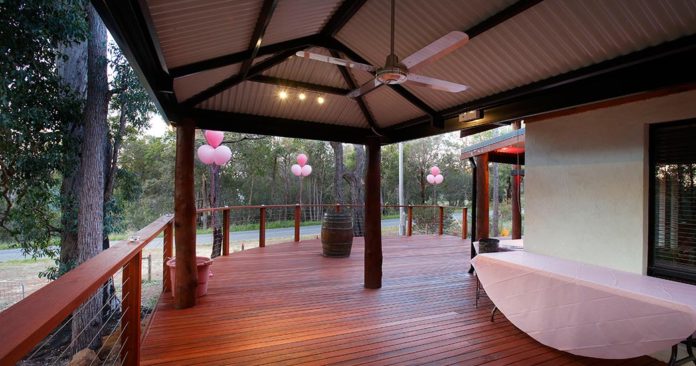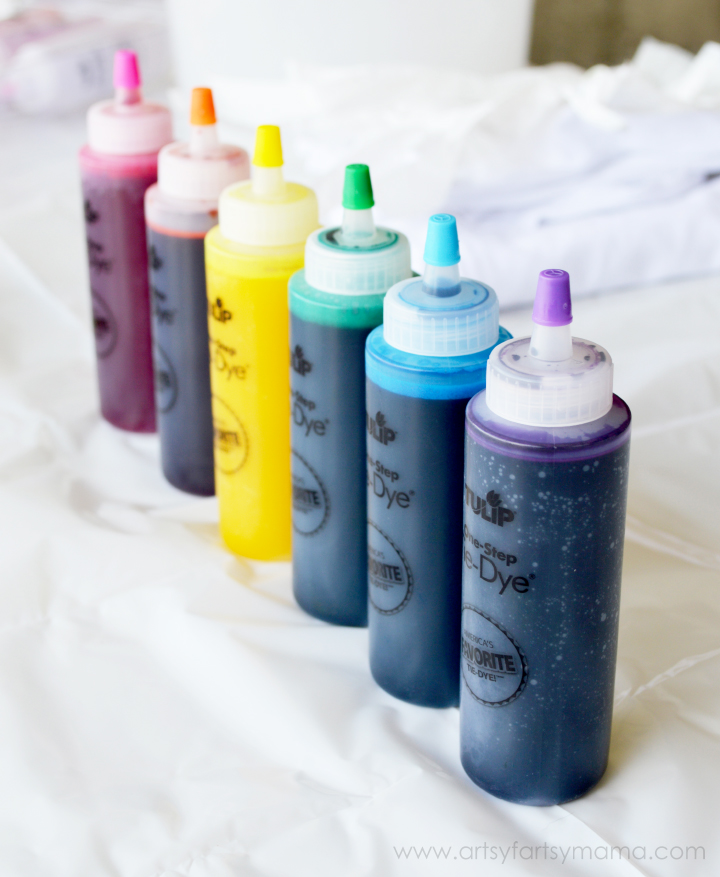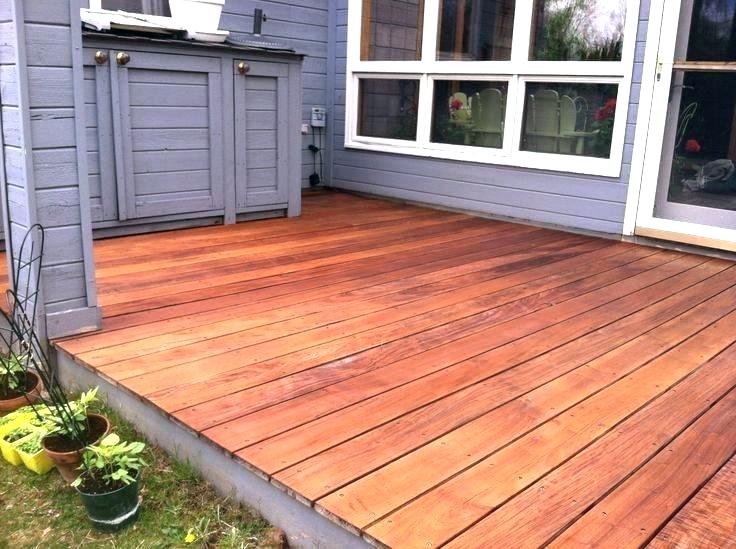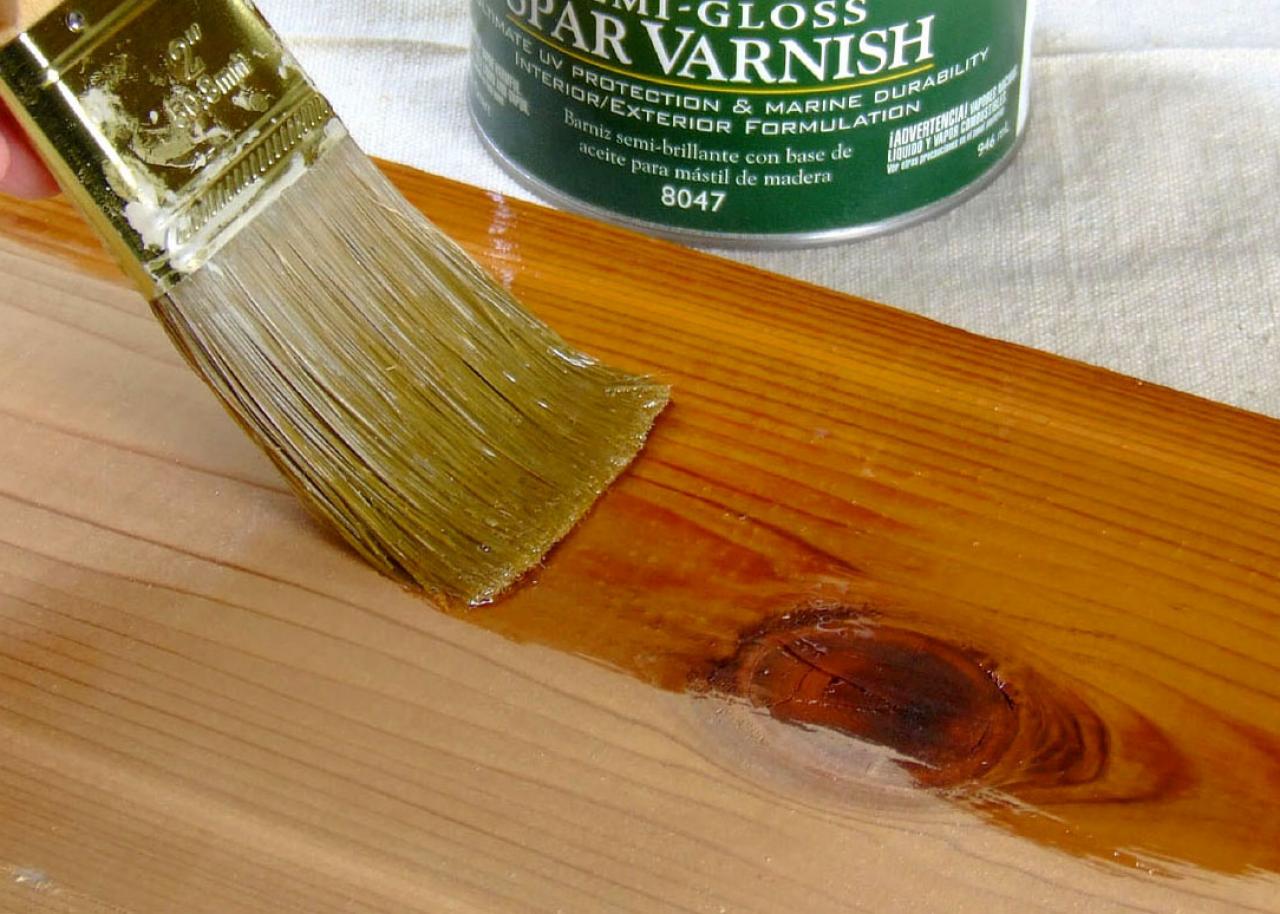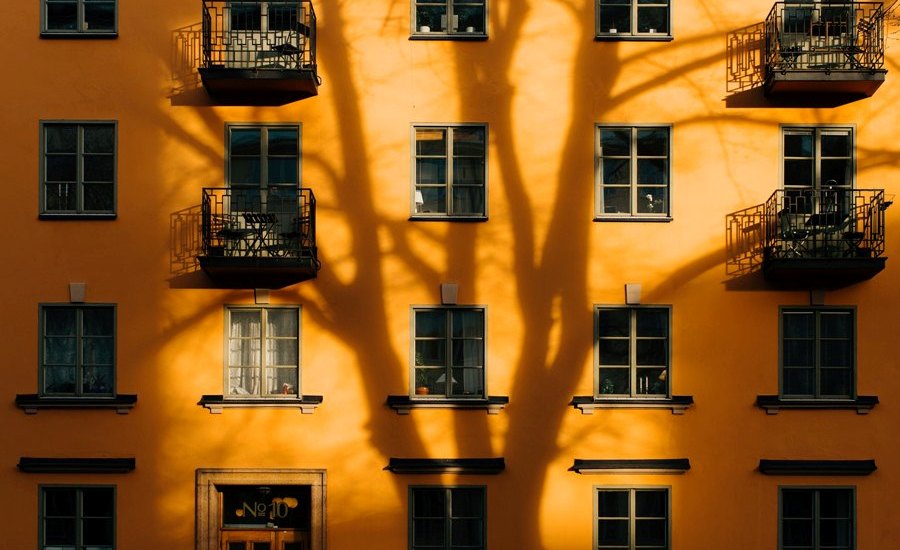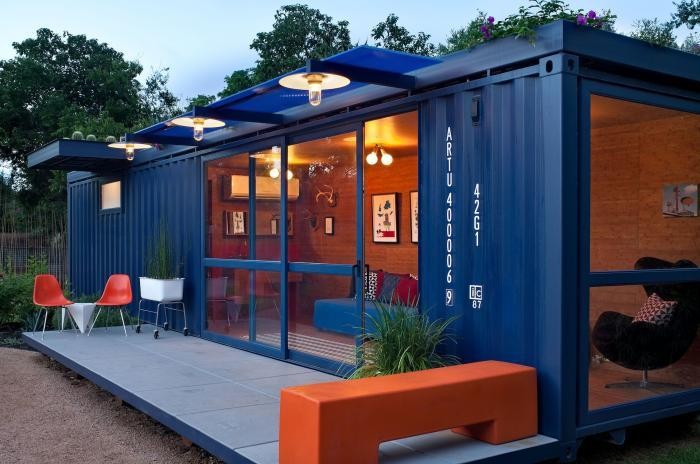One of the most important discoveries of man is the use of timber for architectural andaesthetic purposes.
Over the years, timber has gained wide acceptance and is used in furniture making, construction (such as in houses, decks, balconies and terraces), electric poles, sculptural carvings and a host of others.
As with all materials, timber needs maintenance in order to stay in good shape and last longer. Now, there are quite a number of ways timber can be maintained, but one effective method is with a timber finish.
Timber finishing refers to the process of safeguarding or polishing the surface of a wooden material. This prevents it from decay and ensures that it’s beauty is not lost.
Note that there are various types of timber finishing and the suitability of each one depends on the use of the timber material. Therefore, in deciding the most appropriate method of finishing, there are a few pointers you may want to consider.
This article provides information on the different types of timber finishes and factors:
Types of Timber Finishes
Timber finishes can be difficult to remove once applied, which is why it’s a good idea to take your time before deciding on the right product.
One major factor to consider is whether your material is used indoors or outdoors. Special considerations are required if the timber will be exposed to outdoor elements, such as a decking, which would need a finish that can withstand the harsh sun and humid weather conditions as the season demands.
On the other hand, interior timber finishes are not exposed to outside elements and are mainly for their aesthetic and visual attributes. In this case, the finish should provide adequate protection for the design elements.
Other factors include visibility of the finish, color and texture. The following are some of the types of timber finishes and their characteristics:
Dye
Dye is a water-soluble finish that embellishes the natural color of wood. Dyes come as a factory-mixed liquid product or in powder form to be dissolved in water, oil or alcohol. It is available in a vast range of colors and can be mixed to get other colours.
The major disadvantage with dye is that it fades in sunlight so is only suitable for interior use except when combined with another finish. It is also difficult to apply evenly..
Dye and a brush are the materials needed for application.
Oil
Oiling offers good protection from dirt and permeates timber to bring out its natural characteristics and colors.
Timber oilis resistant to water and alcohol and can be used for interior and exterior purposes. It is particularly good for exterior fittings such as decking, due to its ability to prevent damage from moisture. It contains little to zero quantities of pigments which preserve the colors. It also provides a natural finish and is easier than many other methods to fix if necessary.
However, oil is not particularly durable as it needs to be reapplied periodically. First-time application is also quite difficult because coating needs to be done a number of times before full absorption.
The surface of your timber material needs to be thoroughly sanded before oil can be applied. You would also need to clean the surface properly with a piece of cloth.
In addition, precaution is prescribed as oil is highly inflammable. Some items you will need for oiling include:
- Timber oil (most common are Danish oil, Tung oil and traditional linseed)
- Brush/cheesecloth pad
- Oil tray
- Cleaning rag (to clean spills)
Wax
Wax is a translucent decorative finish often used for protection of timber and has the dual advantage of being used on its own or over the top of another finish.
It is easy to apply and provides one of the nicest looks. One major attribute of wax is heat-resistance and it can be combined with oil to give formidable protection especially in hot or sunny regions. Wax is ideal for indoor usage when used alone.
On the flip side, wax offers short-term protection and needs frequent reapplication to maintain its true finish.
To apply wax, timber surface must be properly sanded. Items needed for a wax finish include paste wax (most commonly Bees wax is used) and a cloth pad.
Varnish
Varnish is a form of hard, protective finish that doesn’t cover the grain of the wood surface.
It offers good protection against heat, water, alcohol etc. It is resistant to impact and is highly durable. Varnish is transparent on timber (though not as transparent as lacquer) and can be reversed easily with the use of paint removers. It is suitable for both interiors and exteriors.
Except for the polyurethane type, varnish can become dull and yellow overtime. Also, varnish dries slowly and this means there is greater potential for dust to settle into the finish.
Application of varnish is similar to dye and mainly requires the use of a brush.
Stain
Staining is a finishing method basically used to enhance the natural color of wood.
It soaks into the wood to give a decorative finish. It is used to darken or color wood and is available in different types such as gloss, matte etc. It is most suitable for interior use but can be used externally when combined with another finish for extra durability.
Negatives: it is not water resistant and requires frequent recoating.
Application should be on clean, bare wood in order to reflect the true color. Apply with a brush for the finest finish. It can be a particularly good choice if you wish to match something to an existing timber piece.
Lacquer
Lacquer is a thin, highly durable finish that provides wonderful protection against dirt, water and many other substances. It dries very fast, meaning a shorter coating time. It is most usually sprayed, which means you have to buy a spray system. It’s easy to repair when damaged.
Downsides are that it is not very durable compared to other timber finishes. It can also be toxic and does give up flammable fumes, so you need a proper spraying environment – either a spray booth, or an open space outside the home.
Timber should be properly sanded and cleaned immediately before lacquer application. You will need to apply the lacquer slowly and evenly on the timber surface and more importantly, keep the required distance (of about 18 inches) for best results. Items needed for a lacquer finish include:
- Lacquer
- Spray can/gun or spray machine (for wide surfaces)
- Tack cloth (for cleaning)
- Shellac
Shellac is a resin made from lac bugs and is one of the easiest finishes to apply. Just like lacquer, it dries quickly and can be applied by brushing or spraying. It polishes well and is quite durable. Shellac is also easy to fix when damaged.
Sadly, shellac offers no protection from water and alcohol (and other chemicals) as they can blemish the surface. Additionally, it absorbs moisture and is therefore not suitable for outdoor usage.
When exposed to heat, shellac softens, so it’s advisable not to put anything hot on the surface. Due to these drawbacks, it is most suitable for decorative items which are not susceptible to rigorous use.
Shellac has application techniques similar to that of lacquer.
Conclusion
Finishing offers long-lasting beautification and protection for your timber material. While there are numerous types of finishes available, selecting the most suitable option shouldn’t be difficult with the information provided in this guide.

